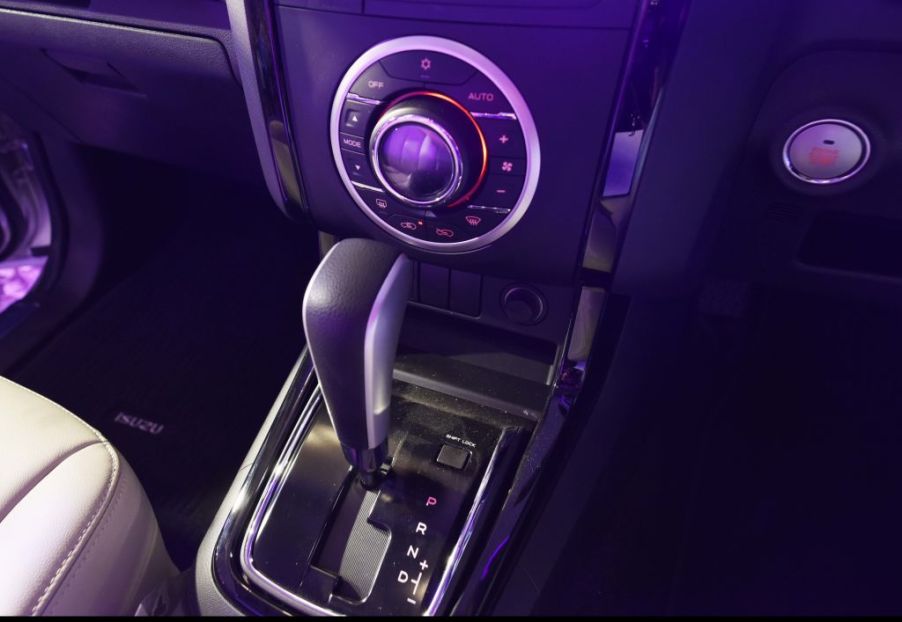
Why do CVT Transmissions Simulate Shifts?
Continuously variable transmissions (CVT) have been popping up on just about every new car model over the past decade or so. Manufacturers like them because they provide a better economic sense, both in terms of saving fuel and cost.
However, many consumers and enthusiasts aren’t too keen on them due to the “elastic feel” upon hard acceleration. In order to remedy this, automakers have programmed CVTs to “shift” during normal driving and wide-open-throttle jaunts to the redline, leaving some consumers to wonder why.
CVT versus a traditional automatic

A transmission transmits power from the engine to drive axles while maintaining the optimal engine speed as the engine powers the car. In a traditional automatic transmission, the lower gears are meant for lower speeds (like gears 1-4), and the higher gears (5 and 6) are meant for higher speeds, as in highway cruising.
A CVT, on the other hand, has no gears. It actually uses two pulleys with variable widths, driven by a rubber (sometimes metal) belt. One of the pulleys is connected to the engine, while the other is connected to drive axles.
Unlike the traditional transmission that uses lower and higher gears with set ratios, the CVT pulleys have constantly changing widths; as one pulley gets bigger, the other one gets smaller. This see-saw action results in infinite gear ratios depending on the throttle input, which allows the engine to spin at the optimal rate no matter how far the gas pedal is pushed in.
Why a CVT?
Automakers like CVT transmissions because they offer quicker and smoother acceleration while extracting the maximum power out of the engine throughout the RPM range. This works exceptionally well for smaller engines.
Since there are no gears to upshift or downshift through, a CVT transmission will feel smoother in all driving situations, even when driving up steep hills. In essence, it’s like having a single gear that goes up and down the RPM, range instead of having gear for the engine to “step down” to with every gear shift.
A downside to this constant acceleration is that the engine can drone loudly under wide-open throttle since it stays at the redline (max rpm) until it gets up to speed. This can be particularly unnerving to the driver, especially if they are used to the sportier driving that a geared transmission provides.
Shifting a CVT
Now that we know how a CVT works, we can get into why some of the newer ones “shift gears.” For example, in the new Subaru Forester, there are paddle shifters behind the steering wheel and the driver can upshift and downshift between six “gears.”
But again, in a CVT, there no actual gears in which the engine can shift, or “step down,” too. So the transmission is programmed via one of the car’s onboard computers to jump to another spot in the powerband to and continue accelerating. The result is a fake shift, and the reason for it is to give the driver a more geared-transmission experience since the engine won’t be sitting at redline the whole time. Here is a video to help explain it:
Just roll with it
The next time you find yourself driving a newer car with a CVT, don’t be surprised if it starts fake shifting. Although, you might not even notice the difference, so maybe the automakers are really onto something.



